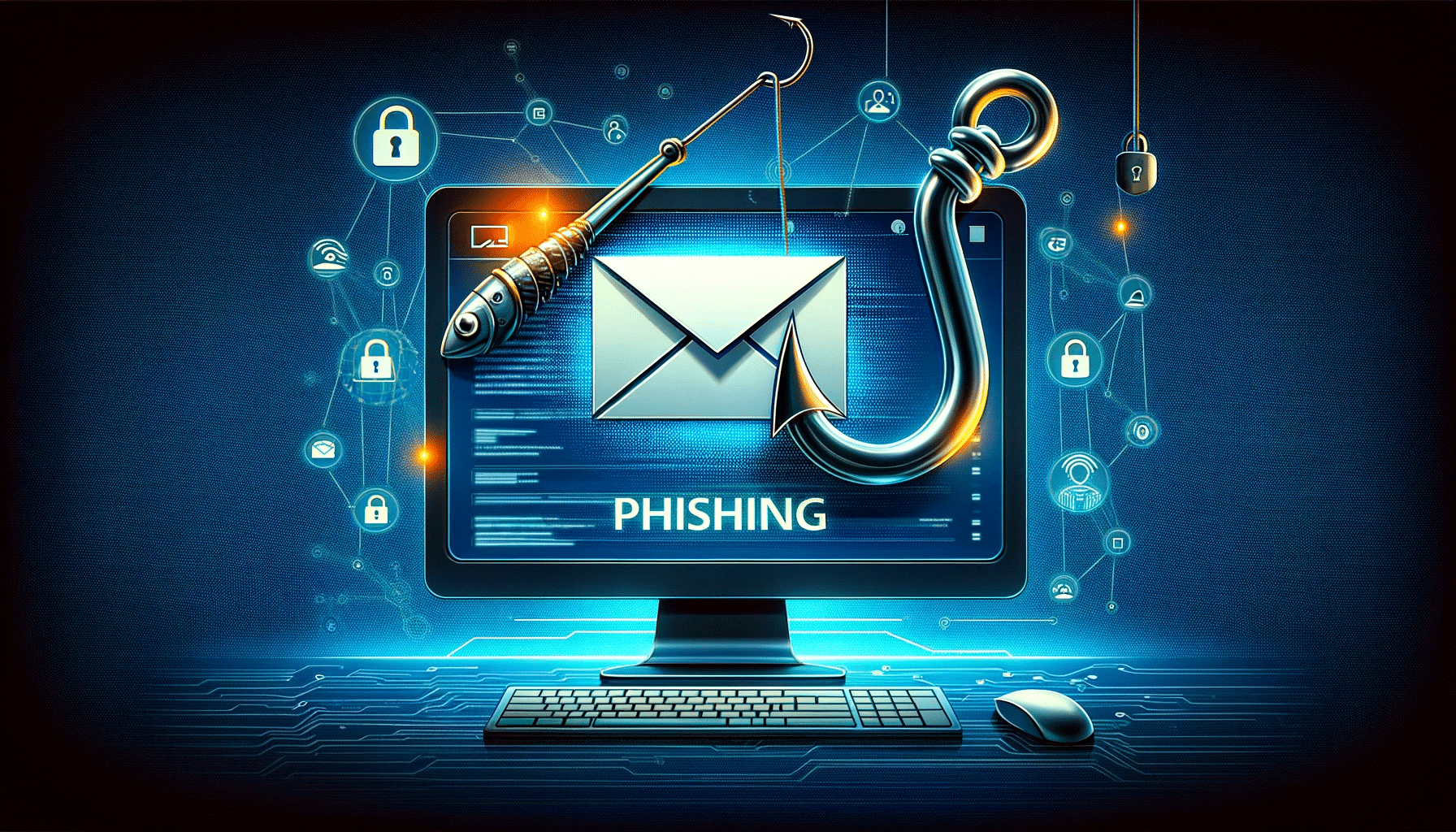In the digital age, one of the most pervasive threats to personal and organizational cybersecurity is phishing. This deceptive practice, aimed at tricking individuals into divulging sensitive information, has evolved significantly over time. As a provider committed to online security and integrity, we strictly prohibit hosting any content used for phishing, aligning with our strong stance against such malicious activities.
How Phishing Works
Phishing typically involves the use of fraudulent emails, messages, or websites that mimic legitimate organizations. The goal is to deceive individuals into providing sensitive data such as usernames, passwords, credit card details, or other personal information. These attacks often rely on social engineering tactics to create a sense of urgency, fear, or trust.
Key Methods of Phishing:
- Email Phishing: The most common form, where attackers send emails that appear to be from reputable sources.
- Spear Phishing: A targeted approach where the attacker customizes their message to fit the victim, often using personal information.
- Smishing and Vishing: Phishing conducted via SMS (smishing) or voice calls (vishing).
- Website Phishing: Creating fake websites that closely resemble legitimate ones to capture user information.
The Dangers of Phishing
The consequences of falling victim to a phishing attack can be severe:
- Identity Theft: Personal information obtained through phishing can be used for illegal identity theft.
- Financial Loss: Access to financial information can lead to unauthorized transactions or loss of funds.
- Corporate Breach: Phishing can be a gateway to larger security breaches within organizations.
- Malware Spread: Phishing emails or websites can distribute malware, causing further harm to systems and data.
How to Avoid or Mitigate Phishing Attacks
Being vigilant and informed is the first line of defense against phishing. Here are some effective strategies:
- Verify the Source: Always double-check the sender’s email address or the URL of a website.
- Don’t Click on Suspicious Links: Avoid clicking on links or downloading attachments from unknown or unsolicited emails.
- Use Anti-Phishing Software: Employ security software that can detect and block phishing attempts.
- Educate and Train: Regularly educate yourself and your team about the latest phishing tactics.
- Implement Multi-Factor Authentication (MFA): MFA can add an extra layer of security even if login credentials are compromised.
Our Commitment
As a responsible provider, we understand the critical nature of this threat and are dedicated to preventing the spread and impact of phishing. We strictly enforce policies against hosting phishing content and continuously work towards enhancing our security measures. Our commitment extends to assisting our clients and the wider community in recognizing, avoiding, and reporting phishing attempts.
In conclusion, the fight against phishing requires constant vigilance and proactive measures. By understanding its workings, recognizing the dangers, and employing effective strategies to mitigate its impact, individuals and organizations can significantly reduce the risk of falling prey to these deceptive tactics.

Leave a Reply